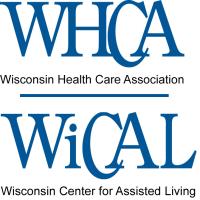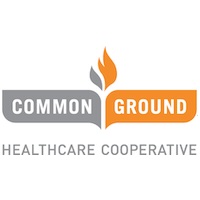
CDC cuts hit Milwaukee’s response to school lead crisis
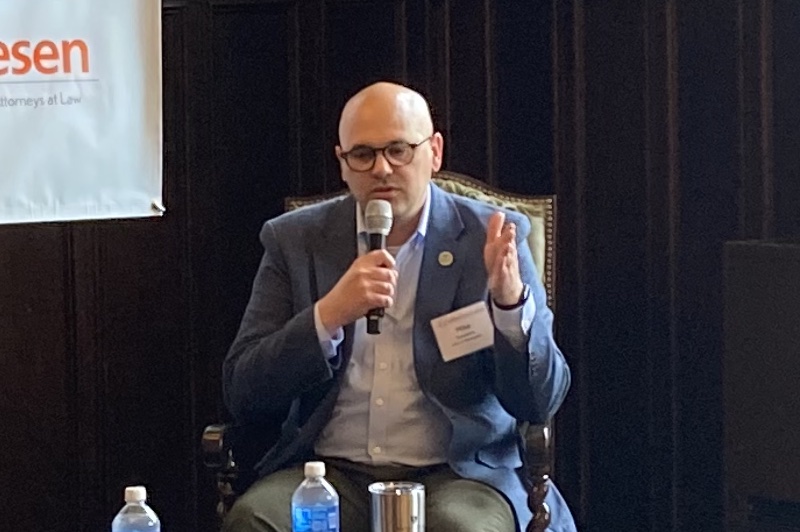
Cuts at the Centers for Disease Control and Prevention have impacted Milwaukee’s response to the lead paint crisis in its public schools.
“It’s overwhelming to think about the gravity of where we are right now,” said Milwaukee Health Commissioner Michael Totoraitis.
City health officials have linked four cases of lead poisoned kids to Milwaukee Public Schools’ facilities and temporarily shut down some buildings for remediation. Three schools remain closed, and one has reopened.
Totoraitis expects all school buildings will be assessed for lead hazards by the end of the summer, with the worst of them addressed by the time school starts.
He spoke to Wisconsin Health News Wednesday about the crisis.
Edited excerpts are below.
WHN: How is the federal situation affecting the department?
Totoraitis: The moment that public health is in across the country is really complicated. The health crises, health hazards and all the threats to our nation’s health haven’t changed with the administration. They’re still there. What every local health department across the country relies on is federal partners who are subject matter experts and well-versed in the nuances of whatever the hazard is, to be able to call on them and ask for their help. When we started investigating lead hazards at MPS schools earlier this year, we understood the scale and scope of what we were dealing with. As a result, we reached out to our federal partners right away to start that conversation and get their technical expertise and help thinking through a lot of what we were dealing with.
That ongoing technical assistance is gone now. We were talking to them at least one or two times a week, and a lot of times in between the meetings, as we were processing our own workflows and how we were going to respond to site investigations as well as the childhood screening. All of that culminated in us eventually putting in what is referred to as an Epi-Aid. It’s a formal CDC request for support that we proffered on March 26. They took receipt of it. On April 1, they eliminated their entire childhood lead program. They don’t have arguably any subject matter experts around childhood lead in the entire CDC anymore, which is really concerning. We’re left with reaching out to our colleagues across the country and other local health departments that have dealt with somewhat similar issues. The CDC is a last resort, and we don’t have that anymore.
WHN: How has that impacted the response?
Totoraitis: We’ve had to rethink what we’re doing. Operationally, we didn’t pause anything. The planning side had to take a breath. We’re reevaluating. We were planning for this team to be here for a couple weeks and help us think through where we were going with our screening plan. They were going to help us with some epidemiologic investigations — essentially, trying to look at the data and learning potential nuances for poisoning routes.
We are still planning to do all this, but without the nation’s best epidemiologists and medical toxicologists. It’s pretty concerning. It’s difficult. We don’t know what we don’t know. There might be some nuance to the lead data that we might not know about. There might be another health department across the country that has dealt with a similar issue. Normally, the federal government is the one who connects us with those other partners. We don’t have that information either. There could be other partners within the federal government that we just don’t know are there who can help us. The Epi-Aid was given to another section within the CDC, and then they declined to support that.
There’s just a lack of information. There’s a lack of clarity on who is even there anymore in other spaces, not just the lead program for the CDC. It’s overwhelming to think about the gravity of where we are right now as a nation, specifically here in Milwaukee, trying to navigate a really complex situation.
WHN: Who else have you reached out to for expertise?
Totoraitis: In Cleveland, Ohio, their lead program and their local health department had somewhat similar issues. They have been really helpful in validating some of the site investigation work that we were doing. Lead is a neurotoxin. It’s regulated nationally and at the state and local levels across the country. Every health department and health authority has some sort of investigative arm and enforcement arm around it because it’s a serious hazard to the health, primarily of children here in our country. That’s why it’s regulated. That’s why it’s taken really seriously when we find it. Cleveland has been able to help us through that part.
We’ve also been in communication with our partners in the Big Cities Health Coalition. That’s a coalition of all the major metropolitan health departments across the U.S. We have been talking with them about potential folks who’ve had parallel investigations. The largest one was in New York City, which had about 1,000 classrooms with some sort of lead hazards identified in them. They just sent out notification to families to have their children screened for lead.
Our case is very unique. There are entire schools. It’s not just classrooms. Entire schools are deteriorated to the point where there’s chipping paint and lead dust everywhere. The part that we’ve been working with those partners on is mostly the site investigation because we have a really robust childhood lead screening process. That’s really developed over our failings in our department from 2018, when we failed to notify the 6,000 kids of their screening results. We’ve really rebuilt the program and feel good about that. Largely, our external communications requests have been with our partners at the Department of Health Services, colleagues in Cleveland and our colleagues within the Big Cities Health Coalition.
WHN: How widespread is this crisis?
Totoraitis: From what I understand, it’s over 100 buildings that were built before 1978. They have lead paint in those schools. Around 50 schools were built before 1950. They would have the highest probability of really high levels of lead paint. The average age of the district’s buildings is 80 years old or so. Nationally, the average age for school buildings is around 40 years old. The building infrastructure here in Milwaukee for our schools is quite old.
We’ve been getting into as many buildings as we can as we’ve started this process. I have a team that already responds to lead poisoning cases here in Milwaukee on a regular basis. We’ve been working with the state and the (Environmental Protection Agency) to augment our staffing and be able to get into additional buildings. Then this week, we’re working with the district on a timeline for the remaining assessments of the other schools.
Unfortunately, there have been more schools that we’ve gone into and the level of paint degradation has been bad. We’re working with the district to do some rolling closures of those schools so that the hazards can be addressed without endangering the safety of the students and staff and learning can continue in other schools. With the closures that have happened so far, the district has been able to move people from the closed schools to other schools so that everyone can stay in person, which is important.
Moving forward, we’re really making a plan, and I’m submitting a budget request to actually create a team to continue to essentially enforce the lead regulations within MPS. I know MPS is going to be making facilities investments to ensure that they stay in compliance with the requirements that they’re obligated to follow for lead hazards.
But I think long-term, this is going to be a pivot for our department to now have to more actively regulate the school district’s buildings. Because we don’t want buildings to get this degraded again and create additional hazards for students 10 years from now. Right now, we’re working with the district to make that plan for the interim period of stabilizing the rest of the buildings. And long-term, we’re looking at trying to secure funding for additional lead risk assessors to do ongoing enforcement of MPS’ maintenance of their buildings.
This article first appeared in the Wisconsin Health News daily email newsletter. Sign up for your free trial here.


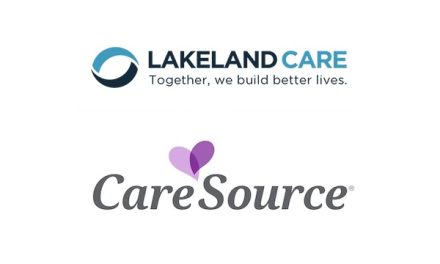







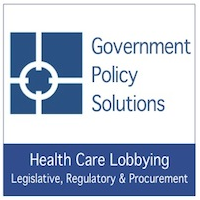













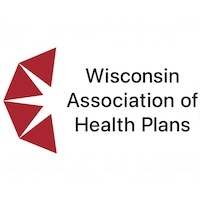

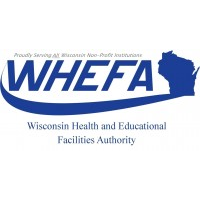

.jpg?bwg=1612548324)
